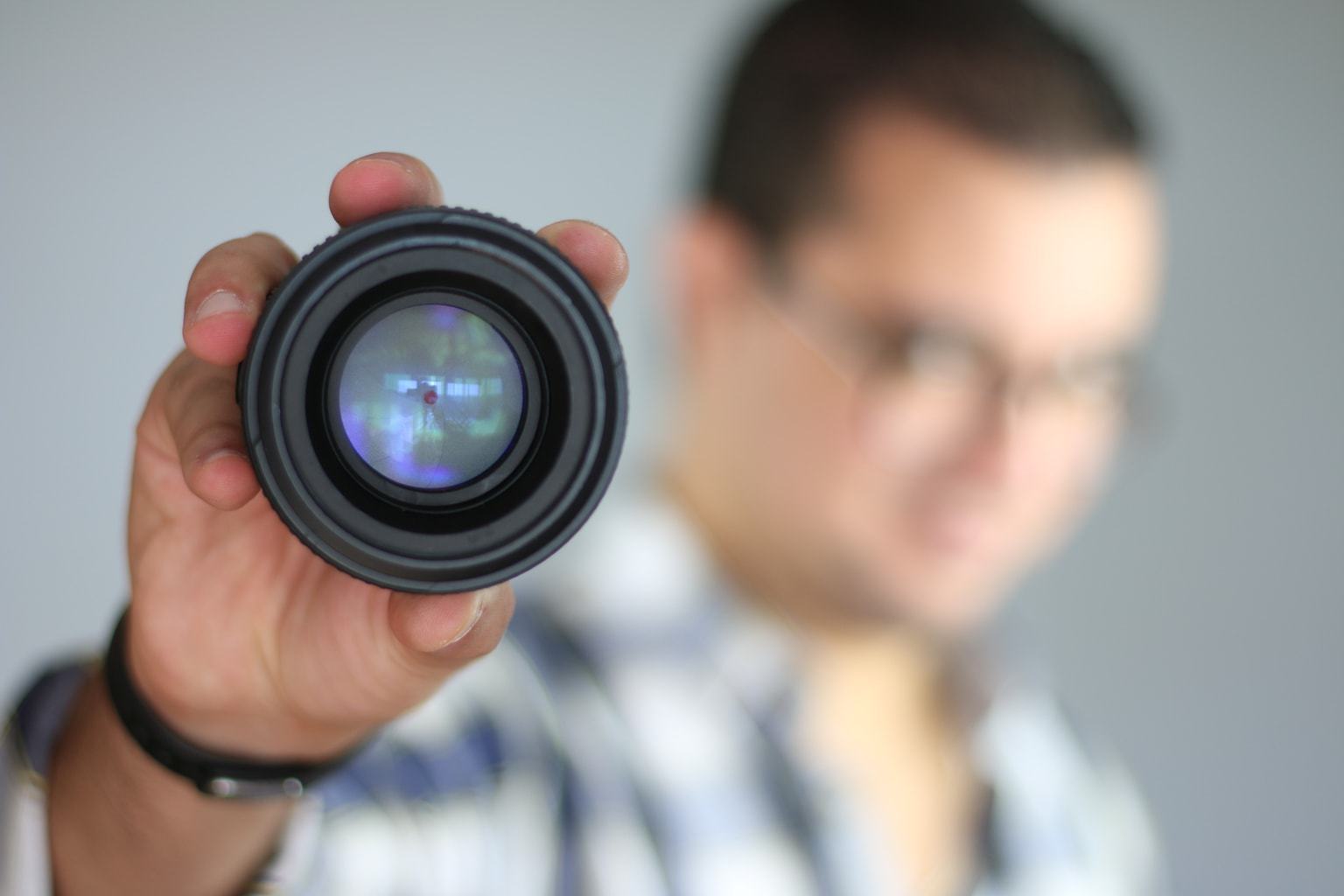On several occasions I explained to you the types of lenses on the market and their characteristics, but today I want to talk to you about a special lens that deserves its own article.
The lens that we should all have in our backpack as photographers, or at least try is, without further ado, the magnificent and splendid 50mm lens .
This lens is available as both a canon 50mm lens and a nikon 50mm lens, (and other brands of course). There is both at f/1.4 and f/1.8.
Here's what happens with this lens and why I consider it one of the best photographic purchases you can make right now.
50MM OBJECTIVE… WHY?
By now you probably already know what a focal length is (and if you don't, I'll tell you here ). We have all thought at some time that the more focal length an objective covers, the better. There is nothing more wrong. Lenses that cover wide ranges of focal length (for example, an 18-300mm) lose specialization, since they have to give a good result whether we shoot at 18mm, at 120mm or at 300mm, so they cannot do it EXCELLENTLY, but rather They achieve moderately "acceptable" results.
On the other hand, a fixed focal length lens , for example 35mm, 50 or 80mm, is a lens specially made to perform well at that specific focal length, so it is its area of expertise and therefore it will offer us the best possible optical quality. Definitely.
AND WHY A 50MM LENS SPECIFICALLY?
Well, because it has been shown that this is the field of vision that our eyes normally cover in real life. A photo taken at 50mm has the appearance and proportions that our eyes see and our brain processes in real life.
On the other hand, an ultra-small focal length (10mm for example) or a longer one (600mm) produces small optical distortions, sometimes imperceptible: this experiment clearly demonstrates it..
NOW COMES THE BEST PART
The true beauty of this lens lies in the extraordinarily generous aperture of its diaphragm . Many people buy lenses without paying attention to their diaphragm, but I would say that it is one of the most important things that will give or detract from our lens.
The aperture or diaphragm is what allows the lens to capture more light. So that you understand me, think of a situation in which you had to take photos in low light and without flash. You will have suffered a lot, because either the photo comes out blurred, or it comes out with a lot of noise from the ISO, and things like that.
What I am telling you now is the possibility of capturing much more natural light without having to resort to any trick. Having a lens with a large aperture will allow you to capture much more light than you could with a normal lens.
PS: For your information the aperture in the diagram is expressed with the value f/… and the smaller this value is, the larger the aperture (and therefore more light, the better). If you look at your standard lens, the basic one, you will surely find an aperture value of f/3.5 or f/4 written on it. What I'm talking about today is an f/1.4 lens, that is, a VERY wide aperture. One last.
THE BEAUTY OF F/1.4
With a diaphragm opening like this, you will not only be able to get much more light, but you will also be able to highlight the subjects and objects that you are photographing.
This has to do with something I explained here on the blog called reduced depth of field , which consists of having the subject hyperfocused and the background behind it very, very out of focus, which undoubtedly highlights the person, animal or object portrayed. I imagine you already know how to get it but if you don't know it yet in this tutorial I'll explain how , it's super easy.
CANON 50MM F/1.4 AND NIKON 50MM LENS PRICE
The 50mm lens is well known and you will surely have no difficulty in getting it in any photo store. Prices vary but are around 500 euros. As always if you live in Spain I recommend buying on Amazon for service and price. Ah, depending on the brand of your camera, here is the same lens by brand:
- For Nikon 50mm f/1.4
- For Canon 50mm f/1.4
- For Pentax 50mm f/1.4
- For Sony 50mm f/1.4
IS THE 50MM F/1.4 LENS AN EXPENSIVE LENS?
When I first saw it I thought "how expensive!". He was dead wrong. After verifying the virtues of this magnificent optical piece, I think it deserves double or triple its price. If you doubt it, I invite you to take a look at this:

to this:

to this:

and that:

and this too:

They were all made with ordinary SLR cameras, sometimes very cheap for beginners. And to make matters worse, none was retouched in the slightest. The secret was in the target. But what insensitive soul could remain undaunted by such beauty and not feel like producing similar things?
CONCLUSION
There's a reason most professional photographers feel helpless if they don't carry the 50mm f/1.4 lens in their backpack. If you are fed up with your basic 18-55mm lens and want to take photography a step further, enhance and beautify your models, turn any object around you fascinating and transform any boring moment into an indelible graphic memory, you are already taking time. in giving a 50mm to your camera.
- 50mm f/1.4 for Nikon
- 50mm f/1.4 for Canon
- 50mm f/1.4 for Pentax
- 50mm f/1.4 for Sony
Note: My love for the 50mm f/1.4 lens doesn't take away from the fact that every situation has a suitable lens. Not all lenses get all kinds of photos. But the 50mm f/1.4 is wonderful, for the record ?


